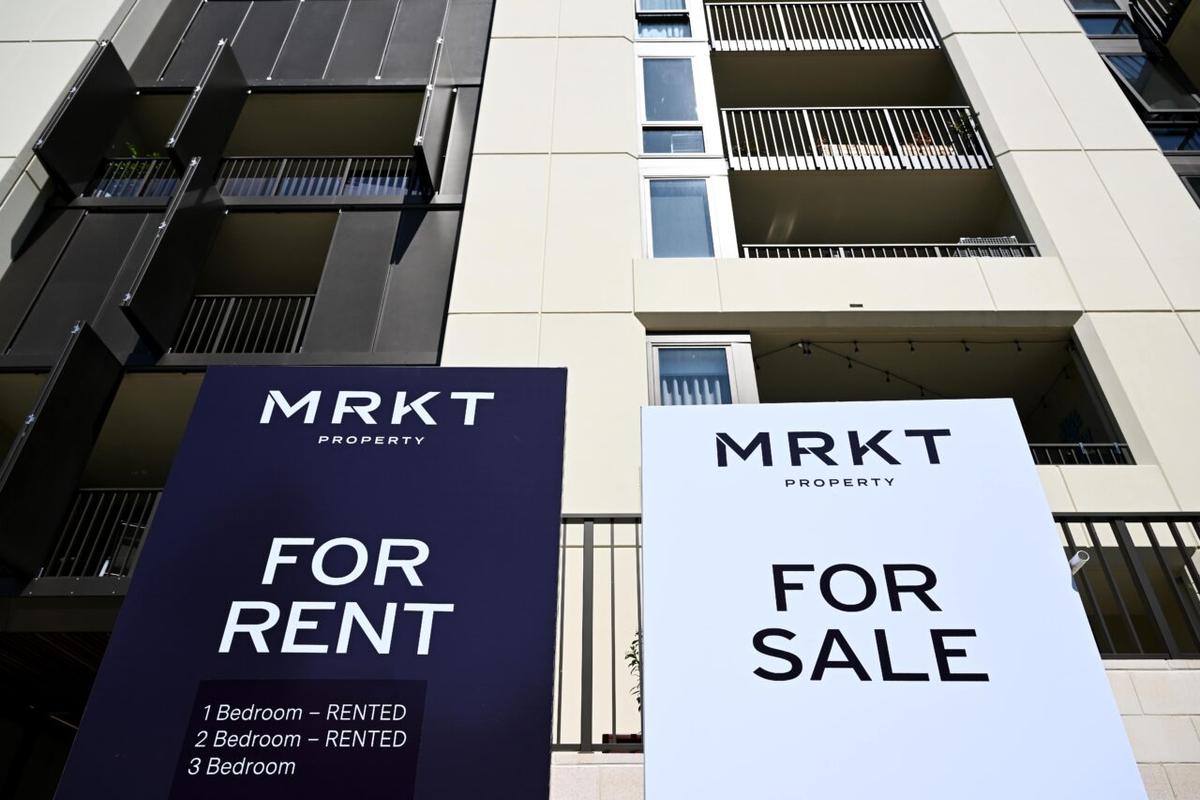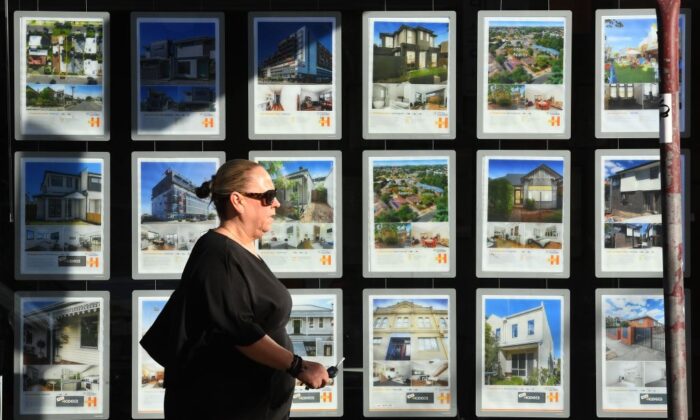Rent prices in Australia’s major cities increase by 5%
In capital cities with high demand for rental accommodation, prices have surged, surpassing wage growth.
Many Australians are feeling economic strains, especially those without homes, as the latest data shows the fastest increase in rental costs in 17 years.
Domain’s quarterly rental report reveals that the median rental price in Australia’s capital cities rose by nearly 5 percent to $630 per week in the year to March, up from $601 per week in January.
Other urban areas in Australia also experienced a significant increase, with rents jumping 3.3 percent to a median of $620 per week.
Rental prices in Australia have been climbing due to factors like population growth, limited supply, and high demand for rental properties.
In cities like Sydney, Melbourne, Brisbane, and Perth, where demand for rental accommodation is high, prices have risen sharply, outpacing wage growth.
Data from PropTrack’s Rental Affordability Report shows a tight squeeze on the income spent on housing costs.
Using a model where 25 percent of income goes to housing costs, data indicates that a household earning $111,000 per year can afford lower-tier rentals advertised on realestate.com.au.
PropTrack’s senior economist Angus Moore emphasized the challenges faced by low-income renters, highlighting the importance of rental support programs like Commonwealth Rent Assistance.
There is an estimated shortage of 40,000 to 70,000 rentals nationwide. Vacancy rates have dropped in most cities, with record lows in Sydney, Melbourne, and Perth, and near-record levels in Adelaide and Brisbane.
The increase in quarterly rents aligns with the record-low vacancy rates in these cities.
In major centres, Adelaide saw the largest jump in rent at 5.4 percent, followed by Perth (4.8 percent), Melbourne (3.6 percent), Brisbane (3.3 percent), and Sydney (2.7 percent). Canberra’s rents rose 0.7 percent, while Darwin and Hobart saw no change.
Real Estate Institute of NSW CEO Tim McKibbin highlighted the critical rental shortage in the state.
Domain’s Nicola Powell mentioned that seasonal surges in demand and low supply are causing a renewed acceleration in rental price growth.

Reasons to be Optimistic
Despite the rapid rises, Domain’s report suggests that renters may find some relief when a tipping point is reached this year, as data shows a decrease in prospective tenants per rental listing;
“Some sub-markets will operate with more balance and rent growth will slow—some areas already show these signs … we are seeing the number of prospective tenants per rental listing ease, suggesting some pressure has been lifted. This could be an early indicator of an increase in vacancy rates sometime this year.”
The tightening of student visas by the federal government has led to a decrease in new applications, meaning fewer students needing housing. A migration strategy is also expected to curb population growth.
Ms. Powell noted that state government incentives are encouraging first-home buyers to move out of rentals, prioritizing mortgages;
“Home ownership is also at the forefront with incentives in place (such as Queensland doubling the first-home buyer grant, and the federal government’s ‘Help to Buy’ shared equity scheme), which will help transition some to being owners or fast-track others to a more affordable purchase,” Ms. Powell said.
Despite a 3.4 percent rise in median national rent prices to $600 per week according to PropTrack’s data, senior economist Paul Ryan warned that the rental market remains tight.
He predicted increasing pressure on renters as house prices continue to rise, with more landlords buying up properties, indicating ongoing affordability challenges for renters in 2024.





